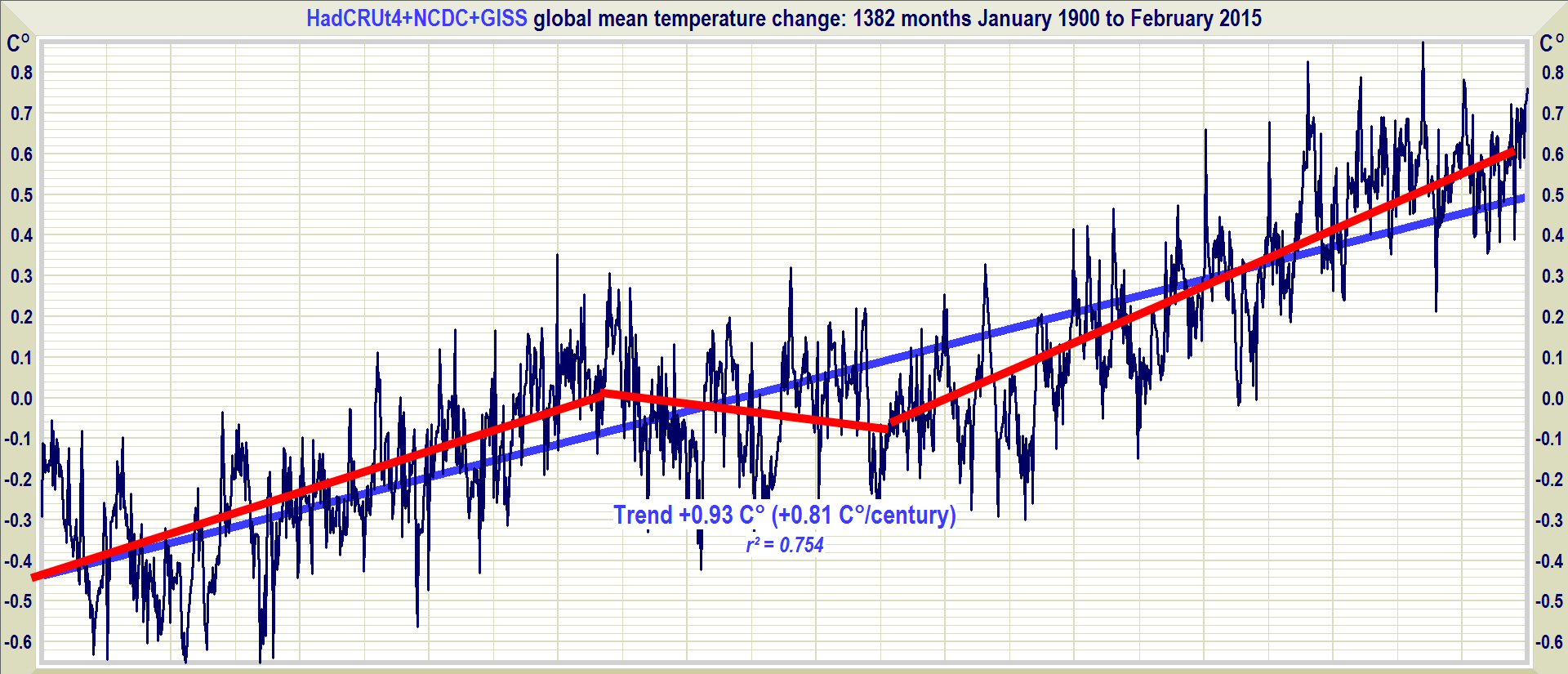OK, batteries. These are a bit tricky because they don't really add capacity, they redistribute the timing of supply to better match where demand is highest, and they thrive by leveraging the market opportunities inherent to that (buy power when it's cheap, discharge when expensive, mostly on a fiarly predictable daily cycle where they sell in the early evening).
South Australia is subsidising the 100 MW utility scale battery installed there last year on a bet with Elon Musk, to the tune of 50 million Australian dollars or 40 million USD. That's about 40 cents per watt installed, but it's a fee paid by the SA government for grid stability services, which need to be funded by paying someone to do them anyway (traditionally, conventional power plants are paid to be on call for these). I am not clear, however, what sort of a timeframe this fee covers. It could be a single year which makes it non-comparable to any other costs I've discussed. But on the other hand, since it's grid services spending that might happen anyway, it's not really an additional impost.
I can't speak to the net impact on consumers of the battery's wholesale price redistribution effects, but the expectation is that this storage should curb critical high price periods. I can't see the storage adding to average annual wholesale costs rather than just biting off a chunk of the existing generation market. The point of the large batteries is to use arbitrage to get more efficient market outcomes, so it won't necessarily have an extra end user cost vs business as usual.
South Australia is subsidising the 100 MW utility scale battery installed there last year on a bet with Elon Musk, to the tune of 50 million Australian dollars or 40 million USD. That's about 40 cents per watt installed, but it's a fee paid by the SA government for grid stability services, which need to be funded by paying someone to do them anyway (traditionally, conventional power plants are paid to be on call for these). I am not clear, however, what sort of a timeframe this fee covers. It could be a single year which makes it non-comparable to any other costs I've discussed. But on the other hand, since it's grid services spending that might happen anyway, it's not really an additional impost.
I can't speak to the net impact on consumers of the battery's wholesale price redistribution effects, but the expectation is that this storage should curb critical high price periods. I can't see the storage adding to average annual wholesale costs rather than just biting off a chunk of the existing generation market. The point of the large batteries is to use arbitrage to get more efficient market outcomes, so it won't necessarily have an extra end user cost vs business as usual.
Last edited:


